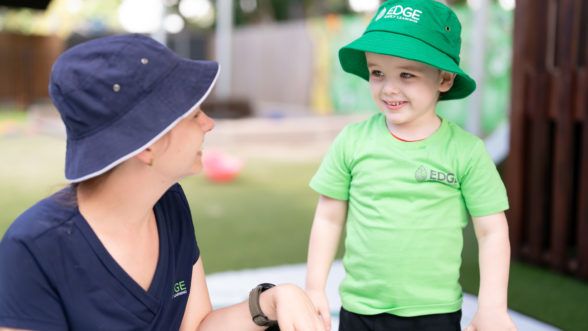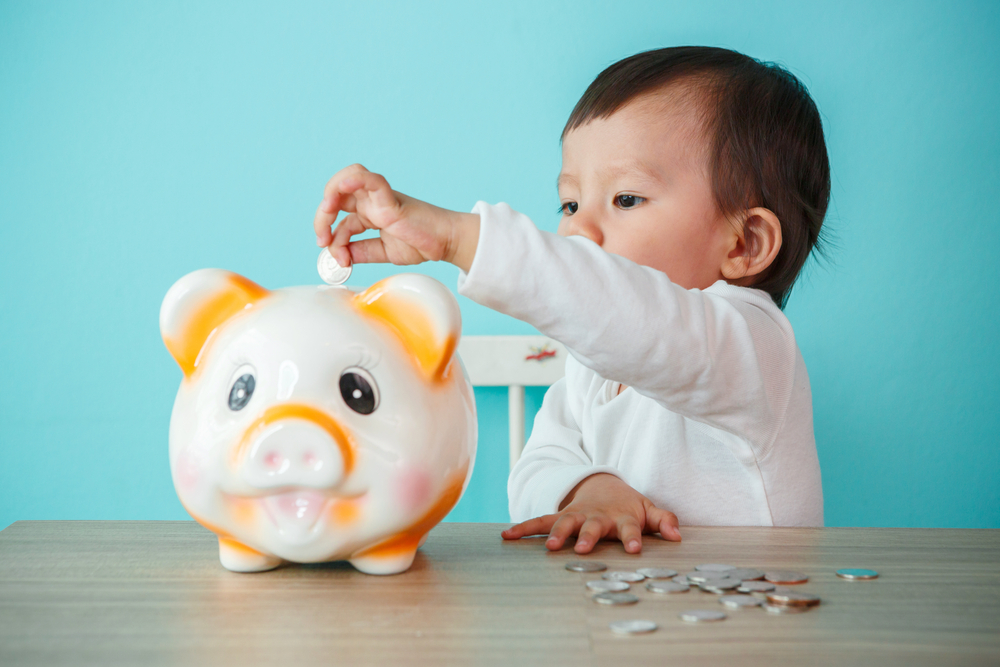
Useful tools
Useful tools
12 February, 2024

Money, money, money! Teach your child to value their cash (and hopefully yours!) by regularly giving them a little of their own to spend as they please.
What is pocket money?
Pocket money is a small amount of money parents regularly give to their children to spend as the child chooses. It can be given freely or earned by completing tasks or chores. Pocket money is usually used for small treats, such as a game, toy or puzzle. It could be used to rent a movie or buy popcorn at the cinema, to purchase a gift for a family member or friend or to spend at the school tuckshop. Pocket money is not for children’s basic necessities, such as food, clothing or toiletries.
Why is pocket money important?
Particularly since COVID-19, it’s become increasingly rare for people to carry cash, so pocket money is a tangible way to visually introduce the concept of money to children. It helps to teach children that the food we buy from the shops (or have delivered) doesn’t appear automatically. And that bank card we’re always swiping can’t actually buy everything.
Handing children physical coins or notes shows them what money is. They can learn to recognise each coin, read their values and count how much money they have. It helps them to understand we exchange money for goods and services. And when you use money to pay for something, it’s gone.
Having their own pocket money to spend helps children to understand the value of money. Earning it can be a great feeling. Handing it all over, not so much! It may come as a surprise to your little one at first to learn the chocolate bar they reach for every time you line up at the supermarket register is going to cost them half their week’s pocket money – or perhaps every one of their treasured stash of pocket money coins! Ouch. And buying it means it will take them longer to save up for the special toy they’ve been eyeing off. It’s interesting watching them process that and seeing what they decide.
What if that game they’re saving for goes on sale but they still don’t have quite enough pocket money? That’s an opportunity to teach them about borrowing money and repaying it – possibly with interest!
Pocket money can also teach children about the community if you encourage them to allocate their money in three ways – to spend, to save and to donate to a worthy cause. You may have a charity that’s close to your heart that you can share with your child, or you could research potential options together and see what tugs at their little heartstrings.
Pocket money and chores
Pocket money can be a great motivator when it is paid as a reward for effort. You may like to link pocket money to a list of tasks. For small children it may be simple actions such as brushing their teeth and putting their shoes away each day. Older children could earn chore money by watering plants, taking out the garbage or tidying their rooms. It’s important the chores are appropriate for their age and don’t take much time to complete. Children still need plenty of time to play!
How much pocket money should you give?
A survey of parents by comparison website Finder found Australian children received an average of $8 a week in pocket money at the start of 2023. It is generally advised to start small and increase the amount of pocket money as children age and take on more responsibility. It’s also much easier to give your child a “pay rise” than to negotiate giving them less! Another suggestion is to give your child one dollar for each year of their age, so a five-year-old would receive $5 and a seven-year-old would receive $7.
When to give children pocket money?
That’s entirely up to you! Float the idea with your children and gauge their interest. It’s helpful to wait until children can understand they need money to buy things, how saving works and that if they spend their pocket money all at once it means there is no more until the next week!